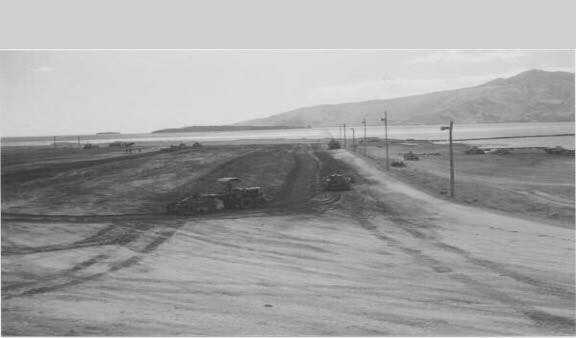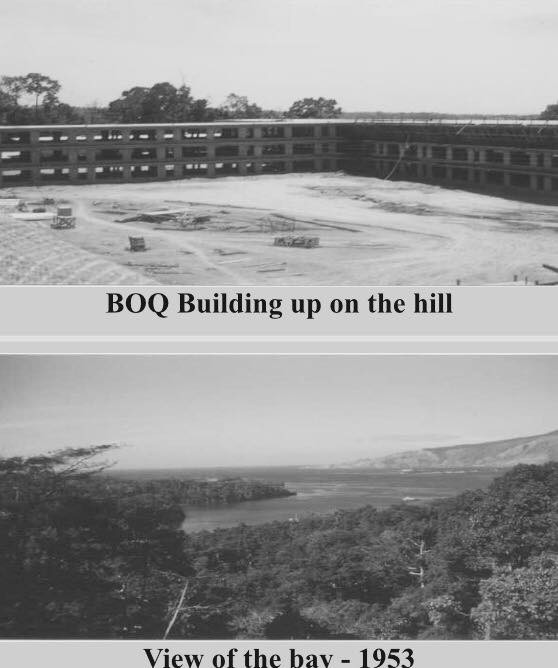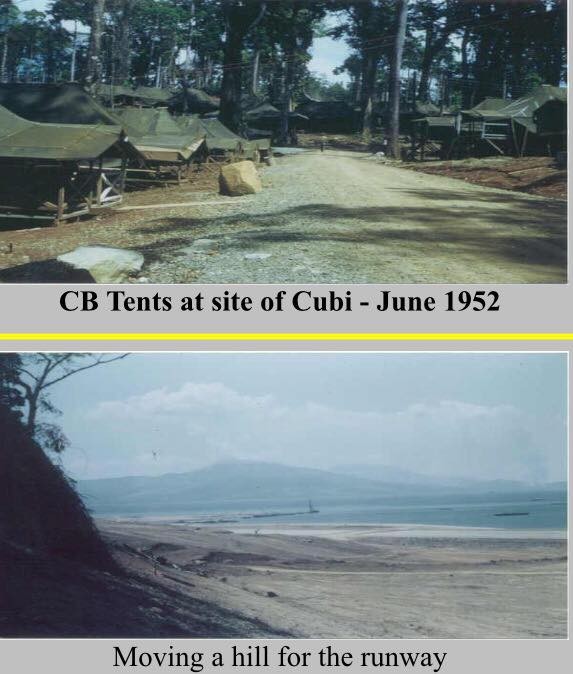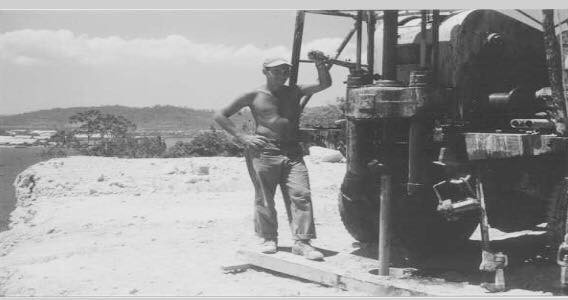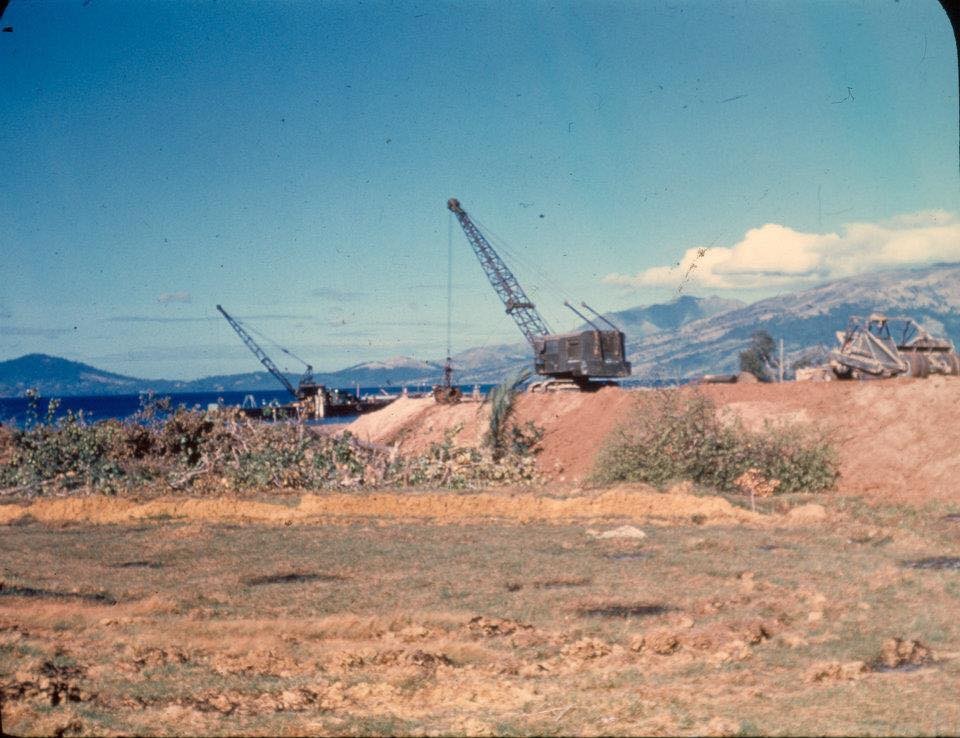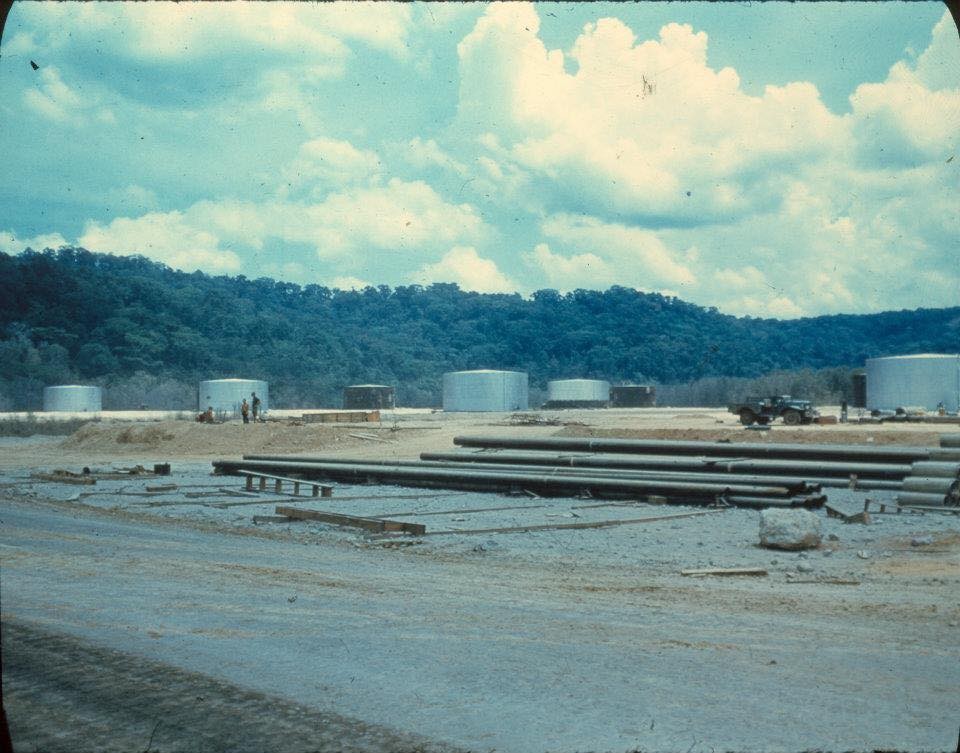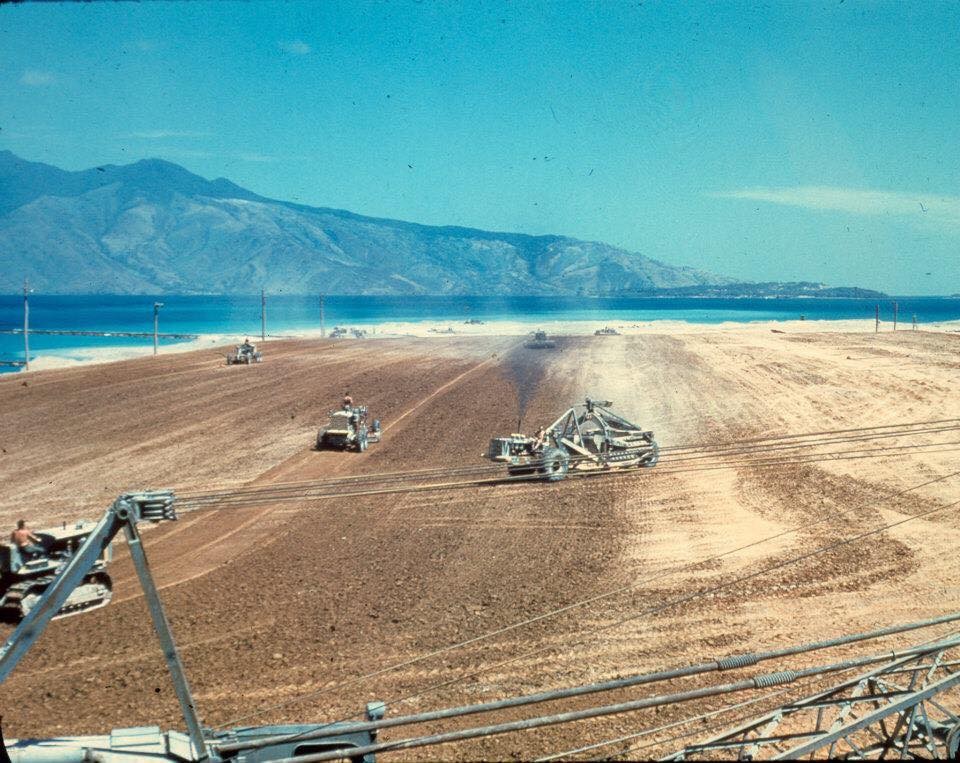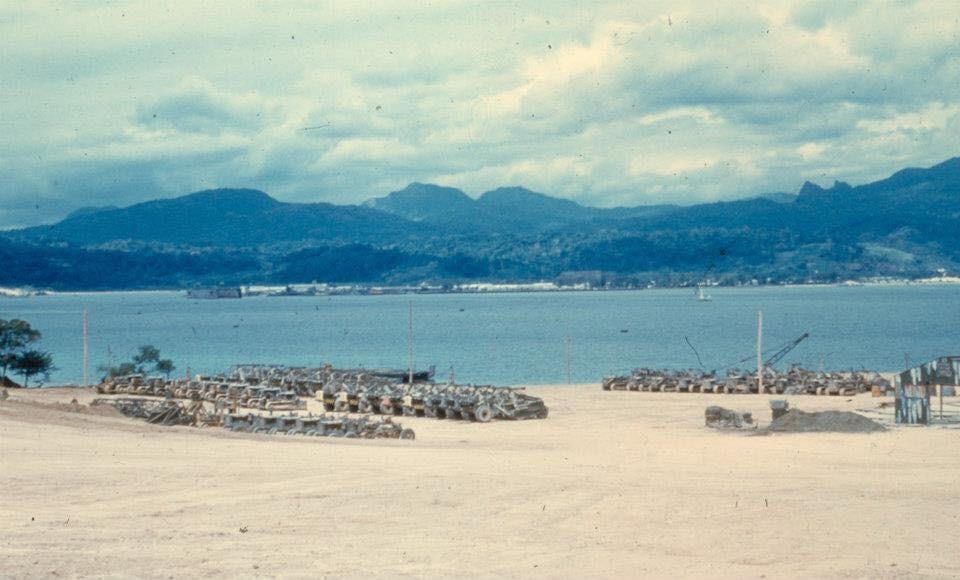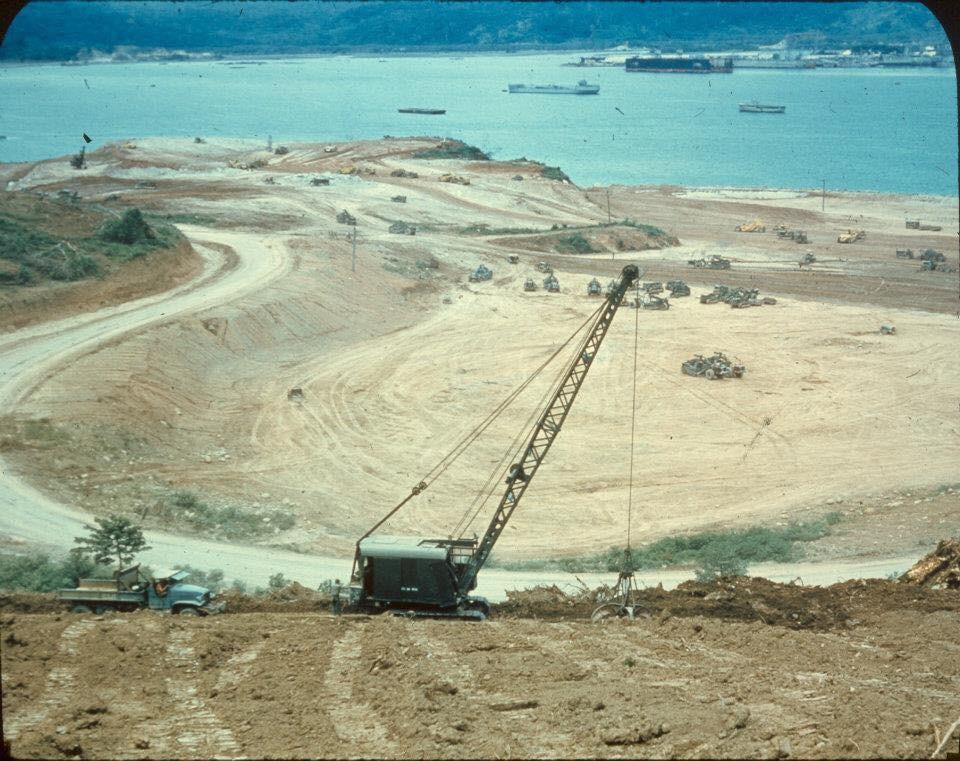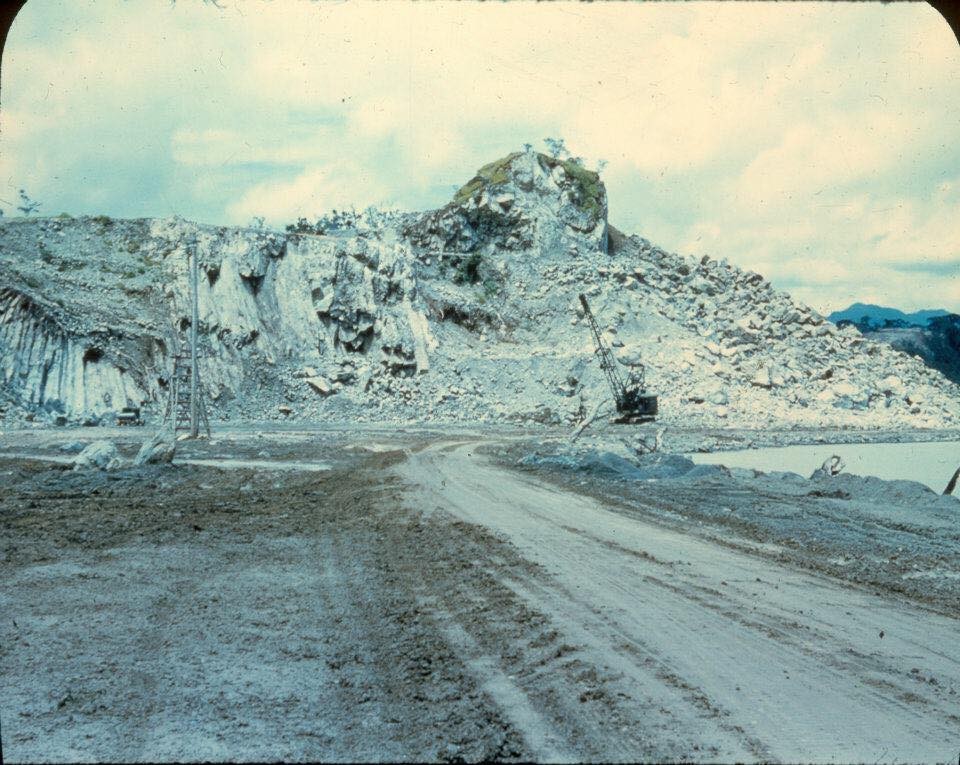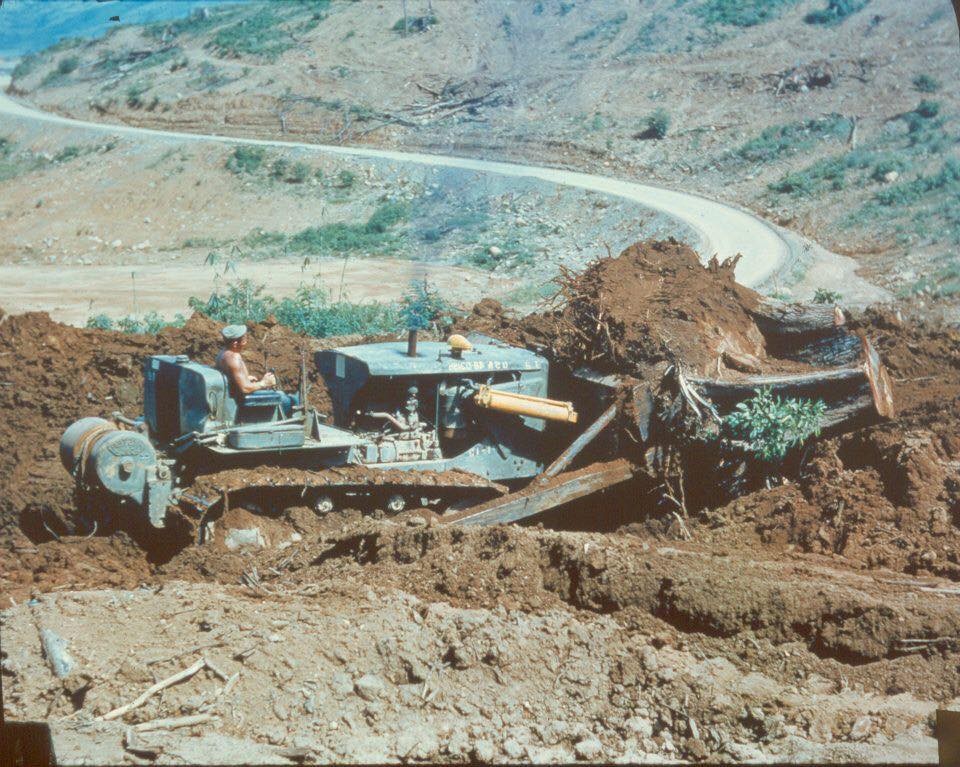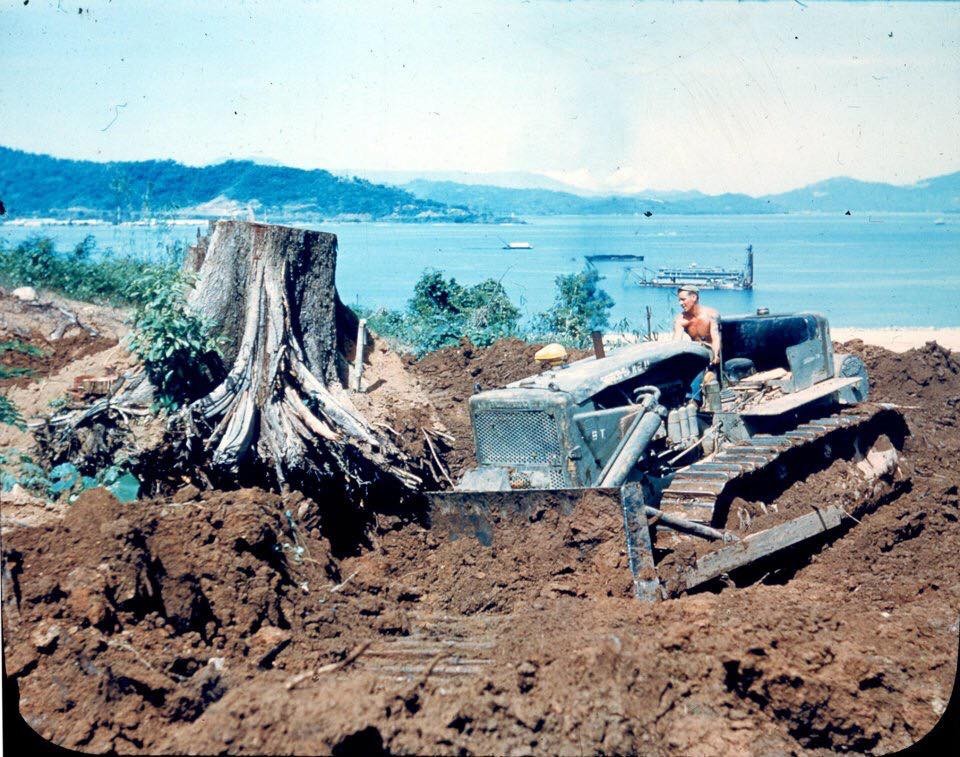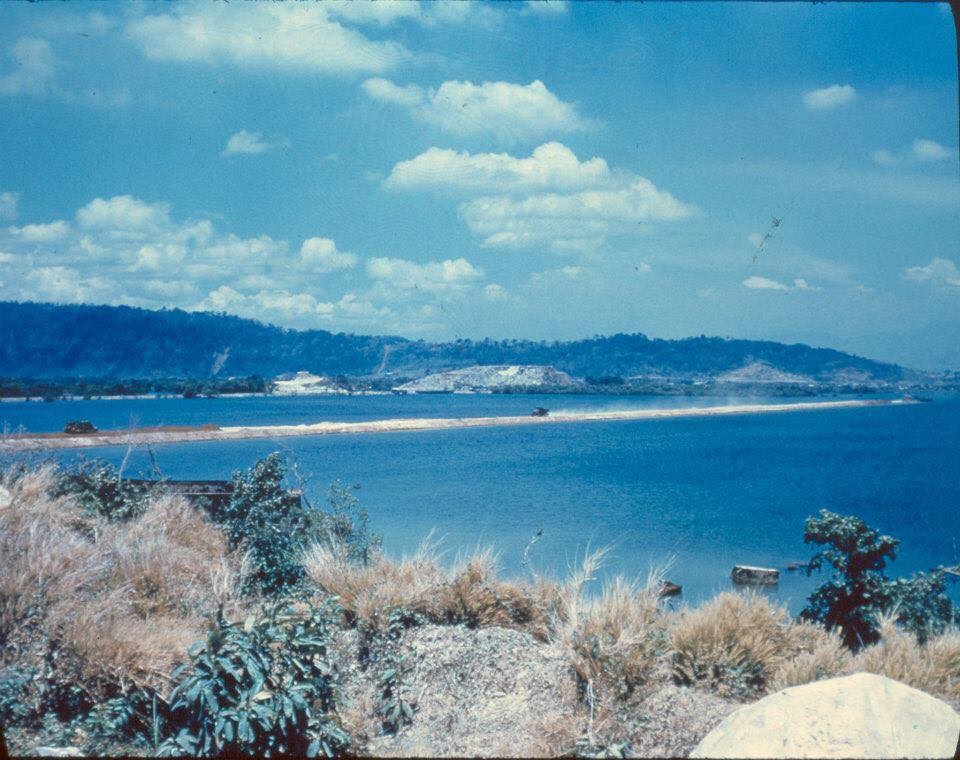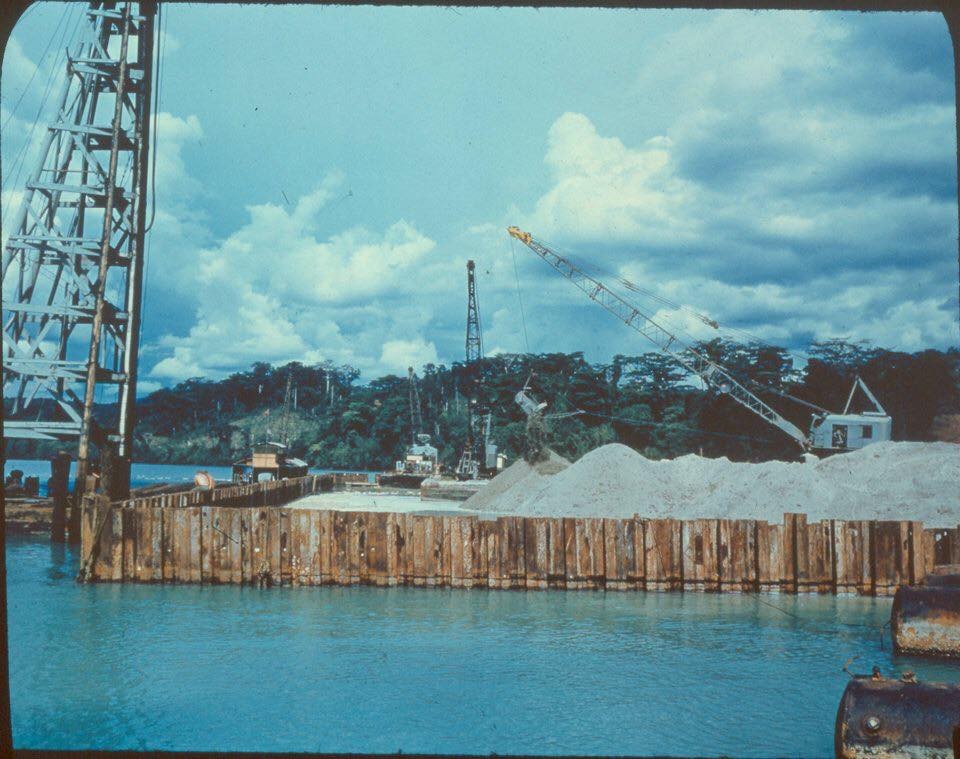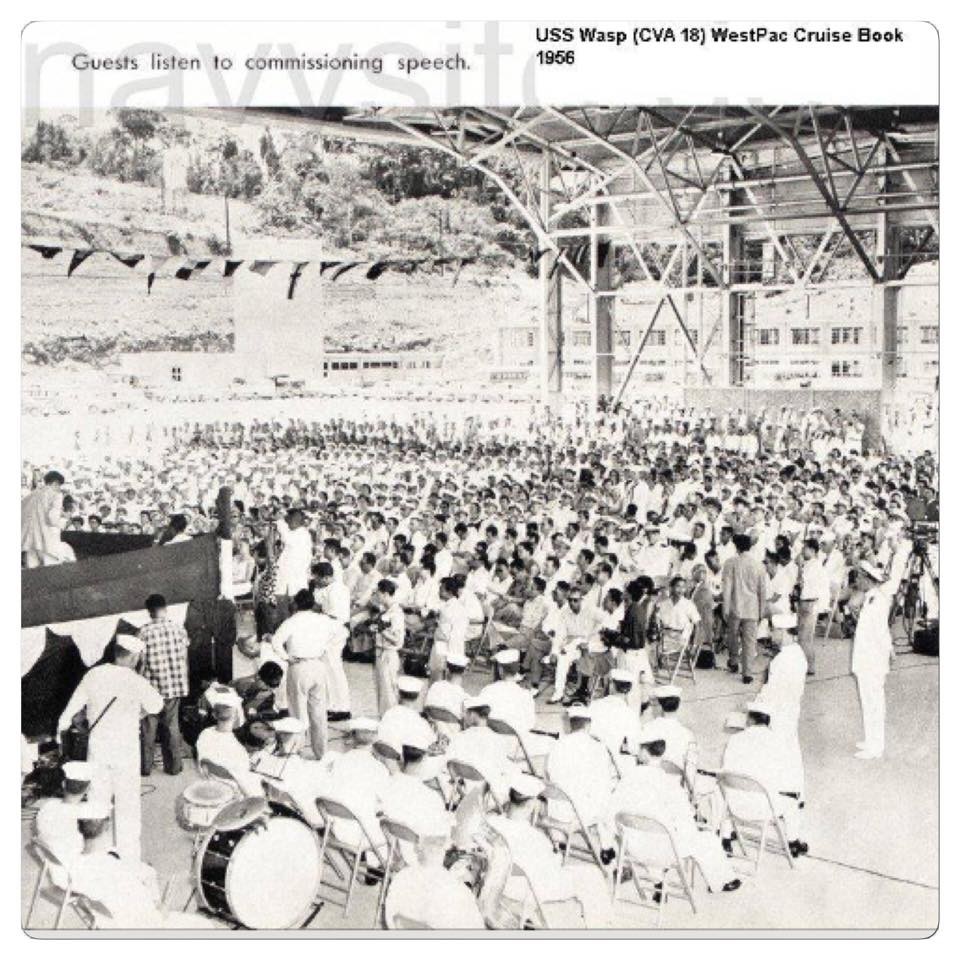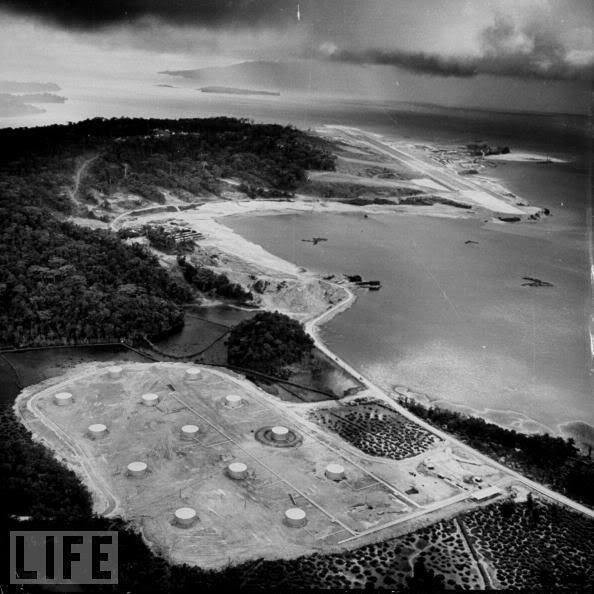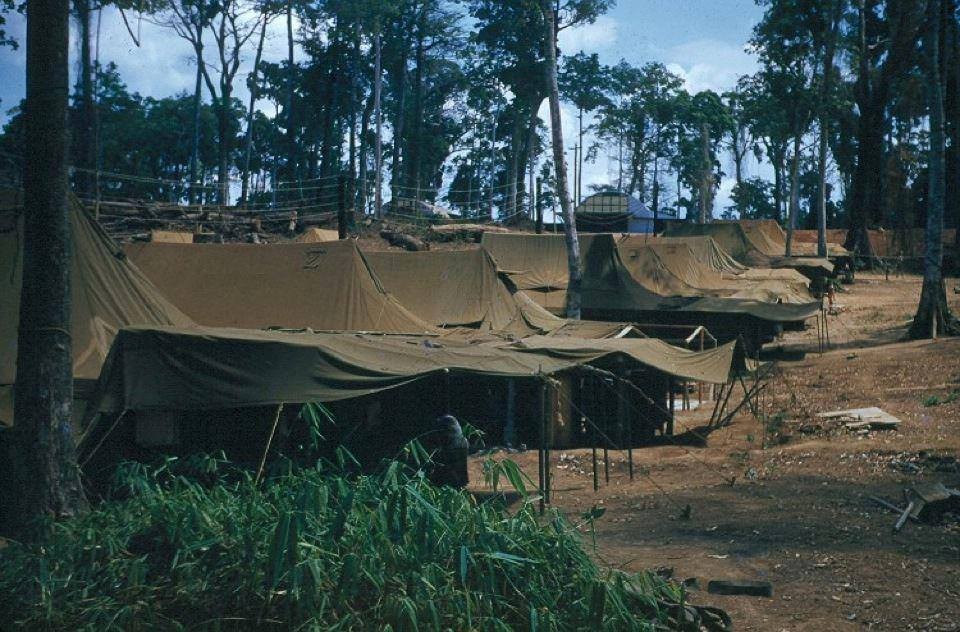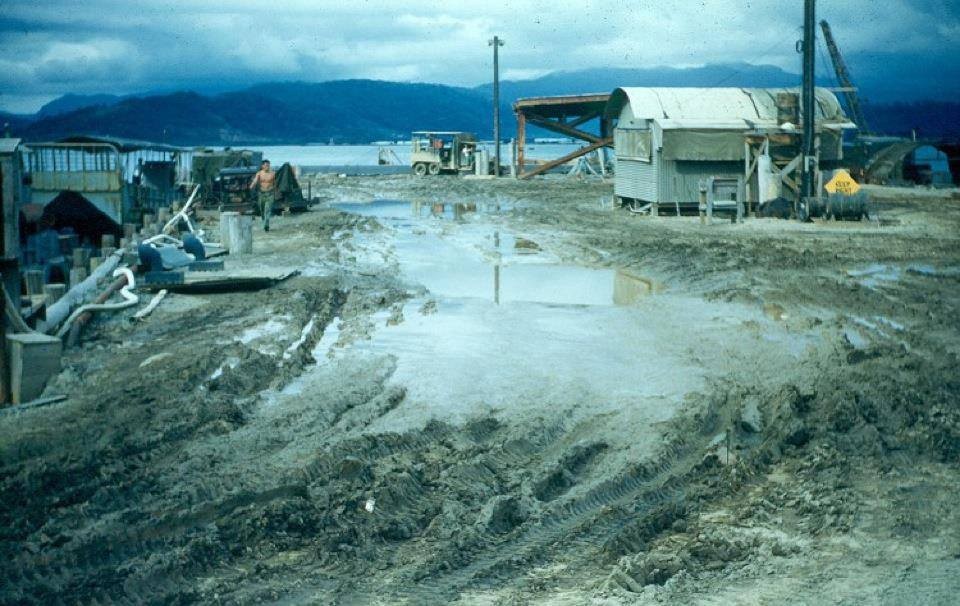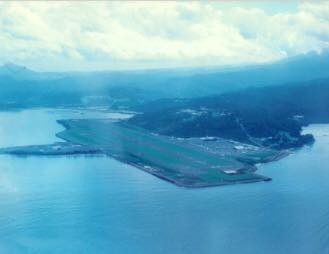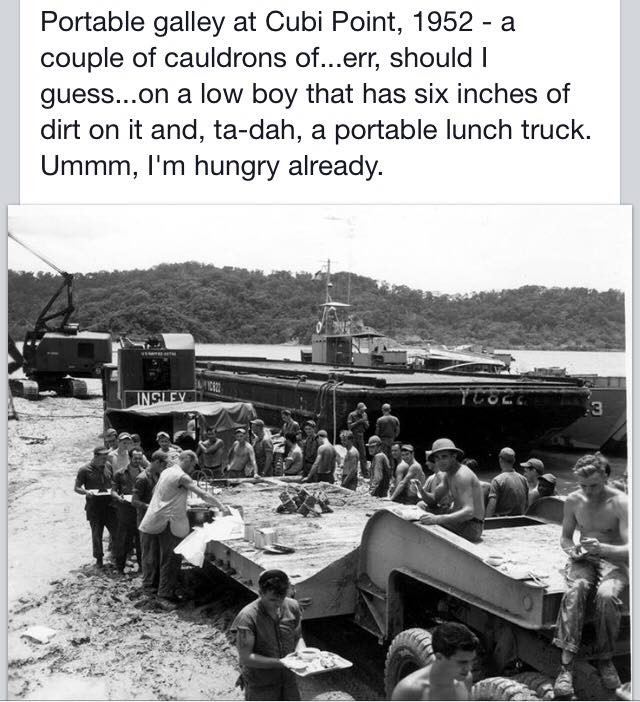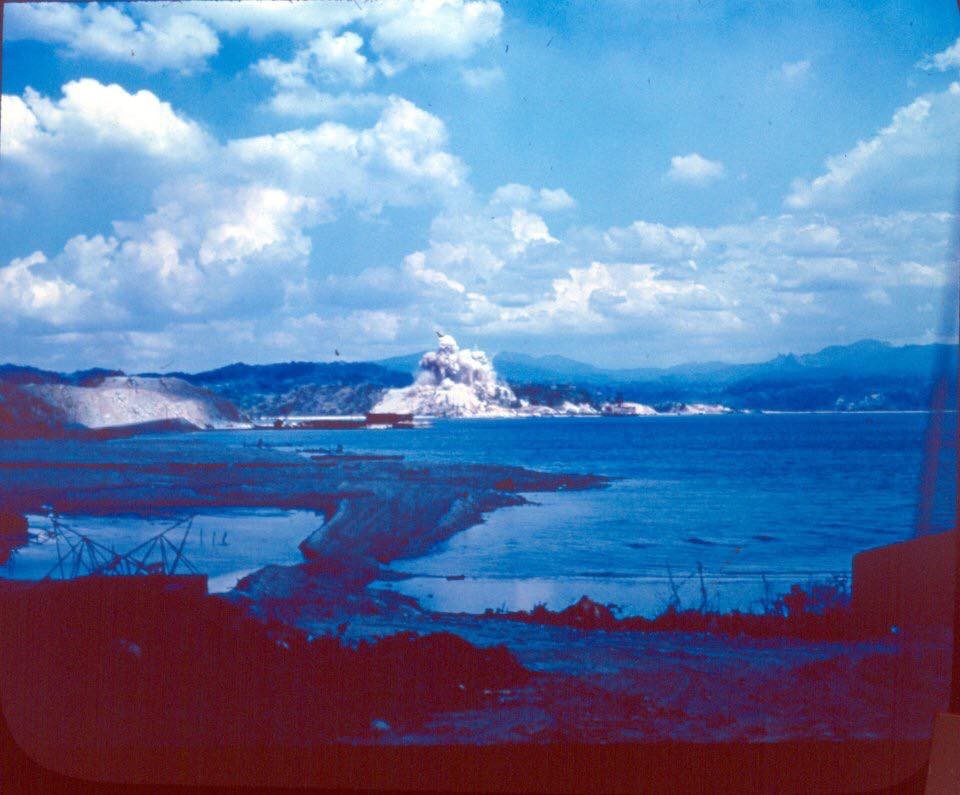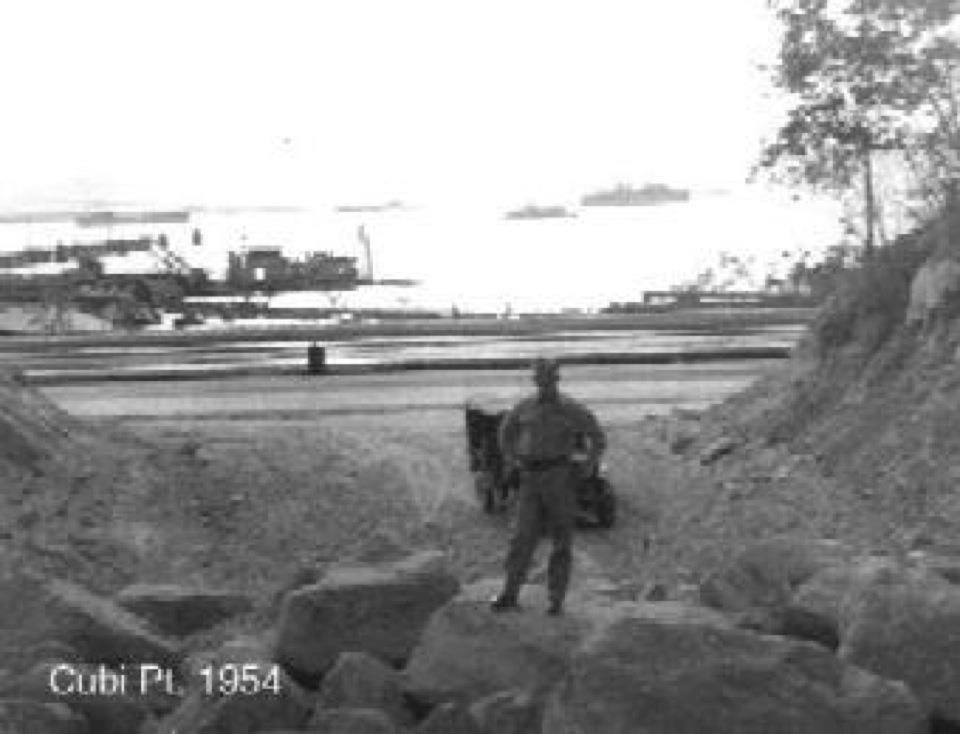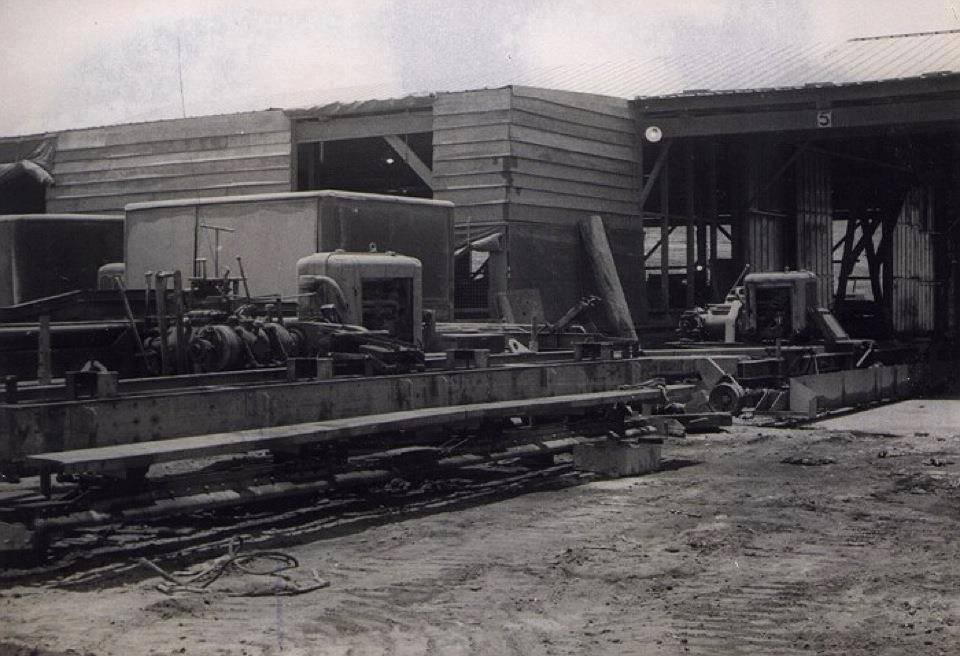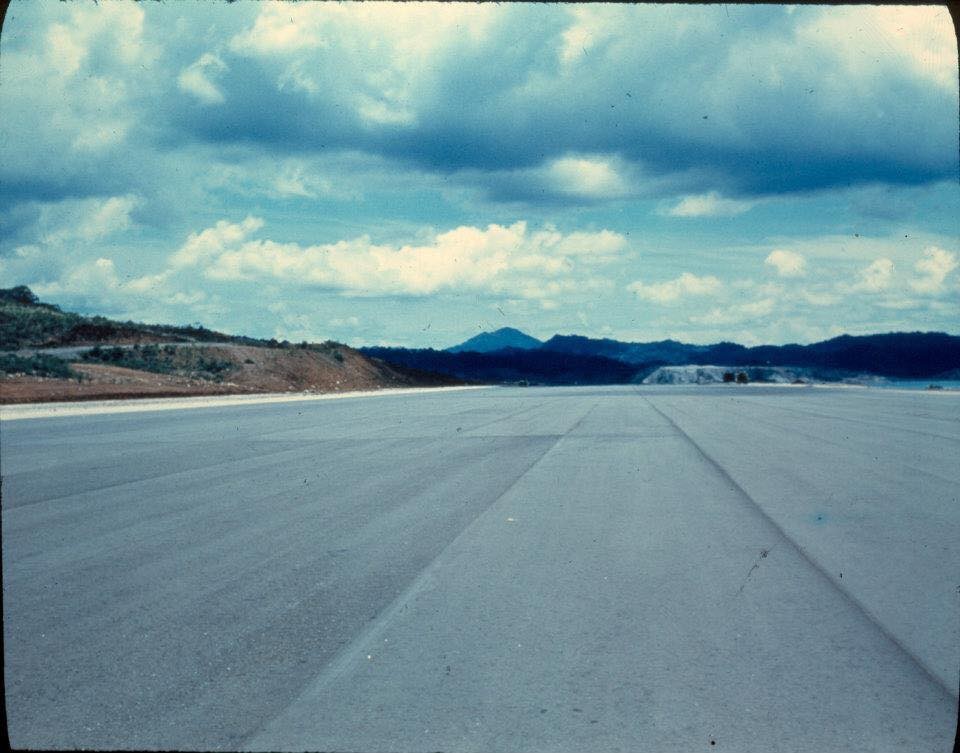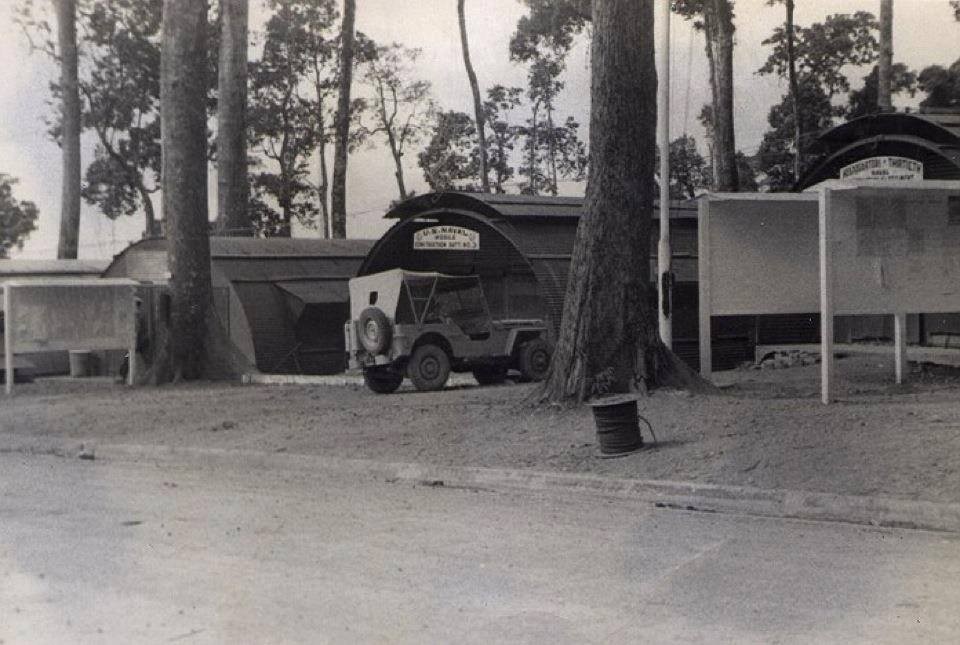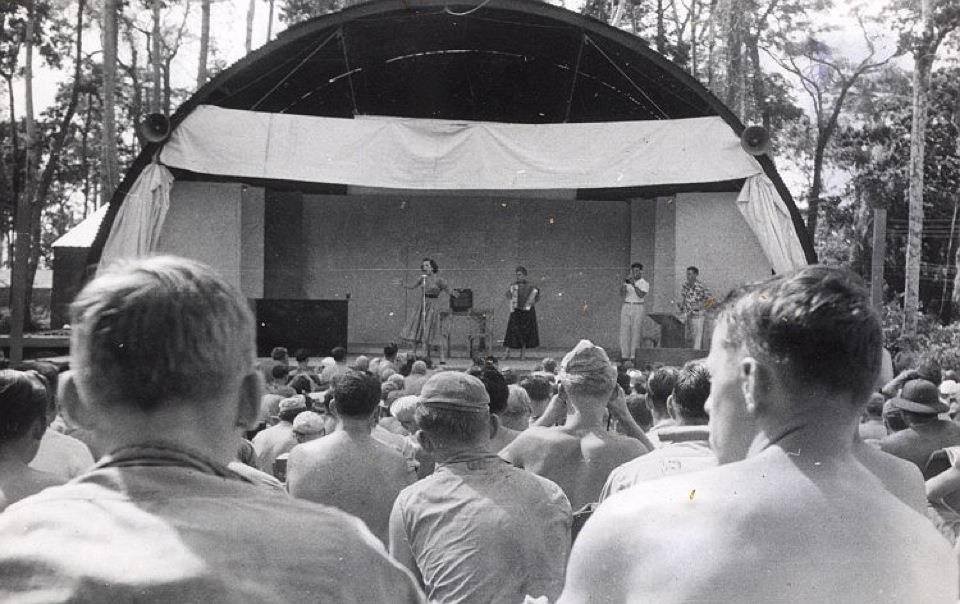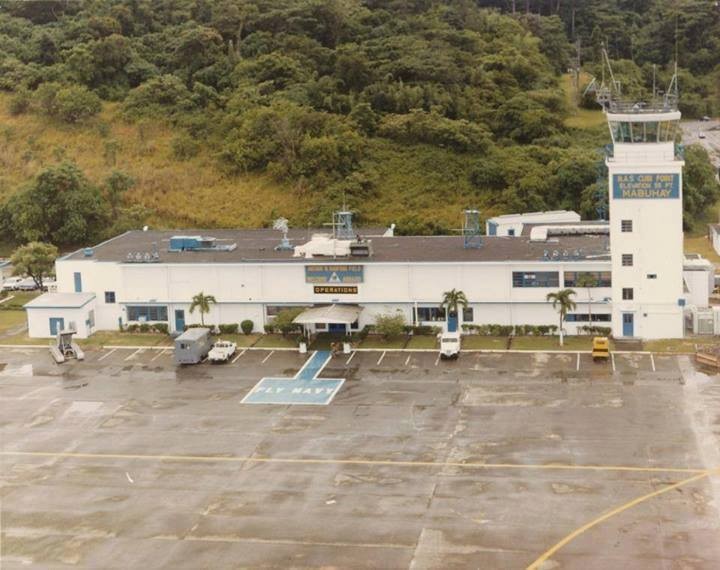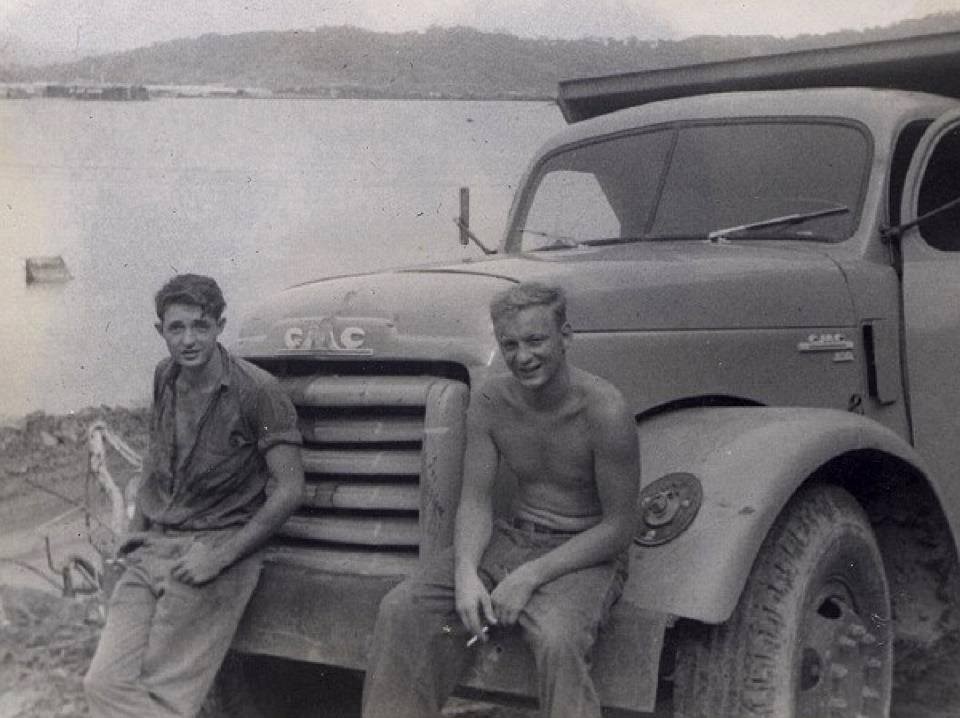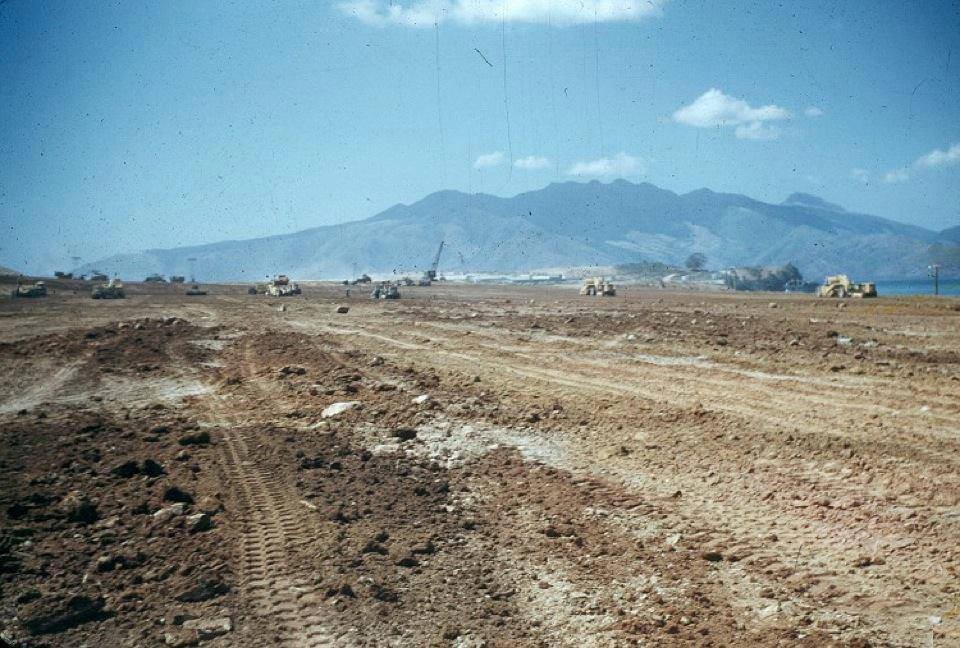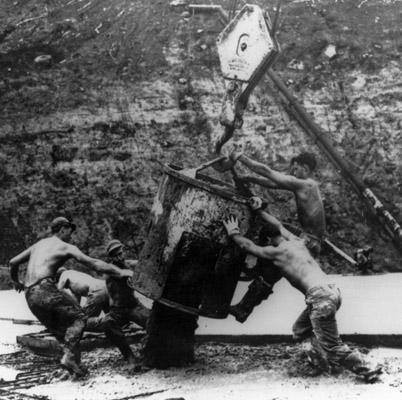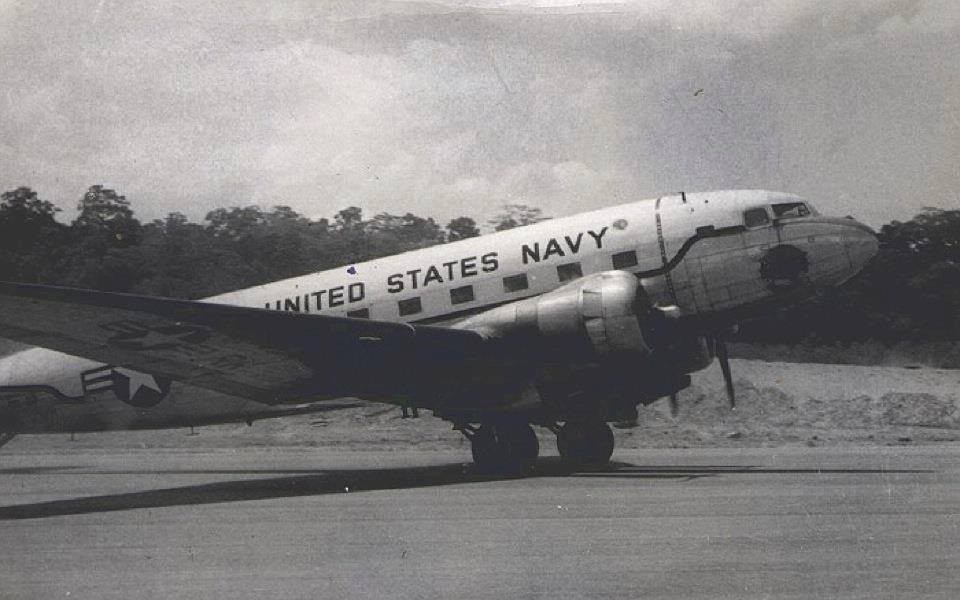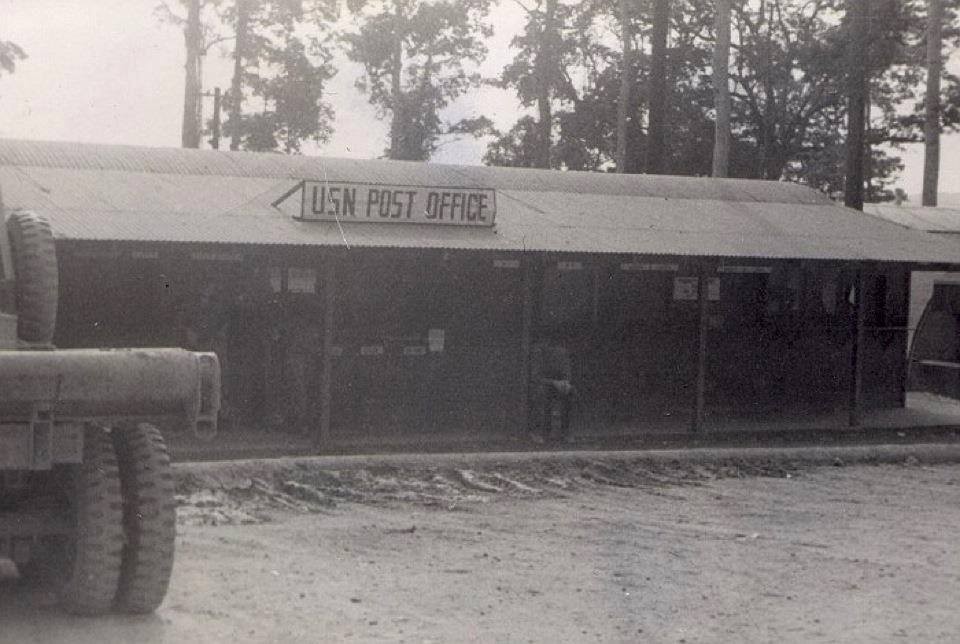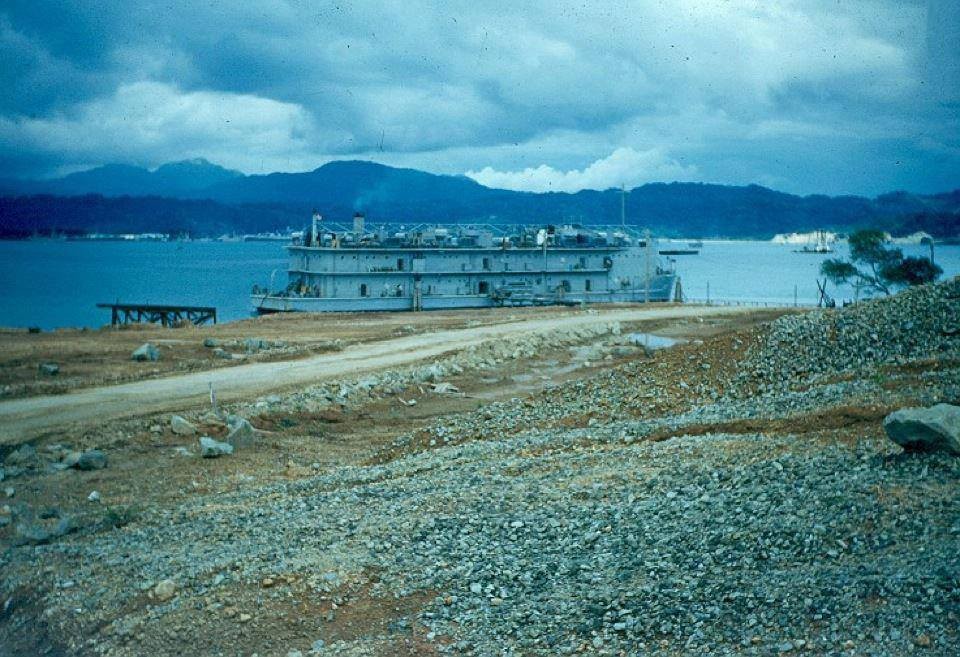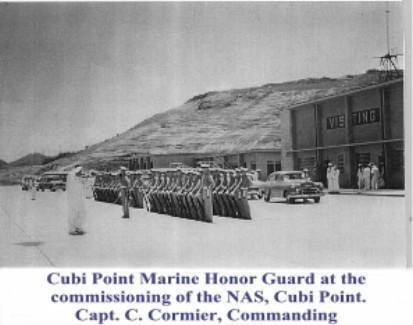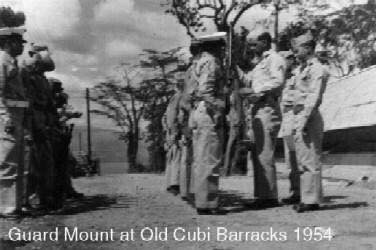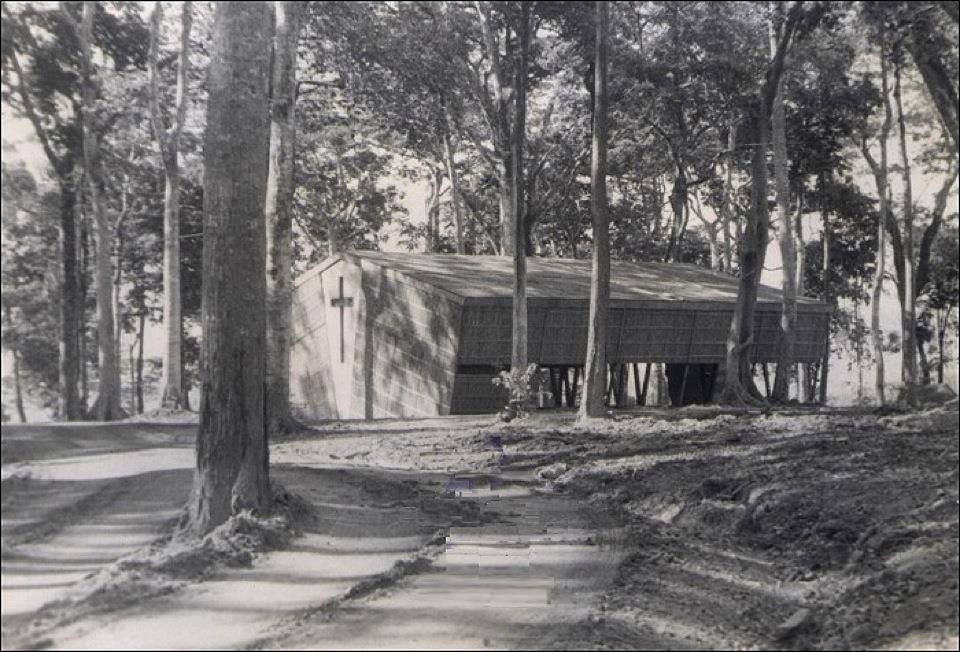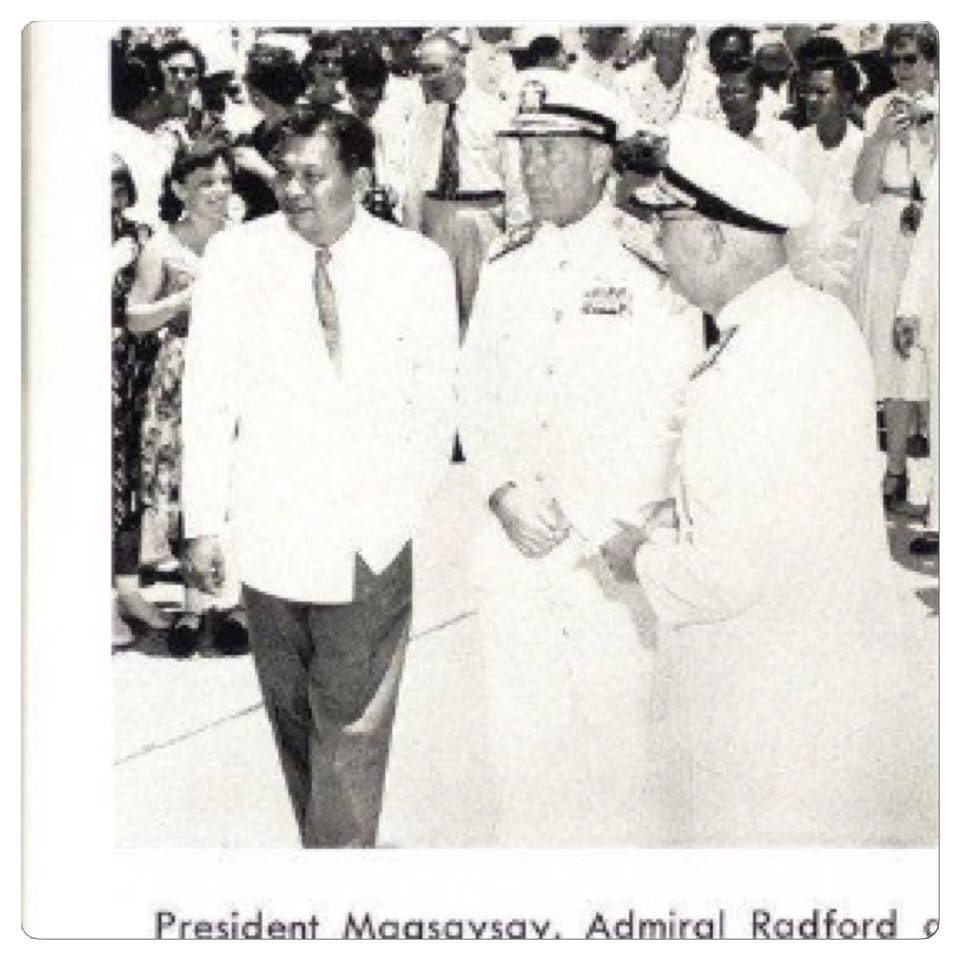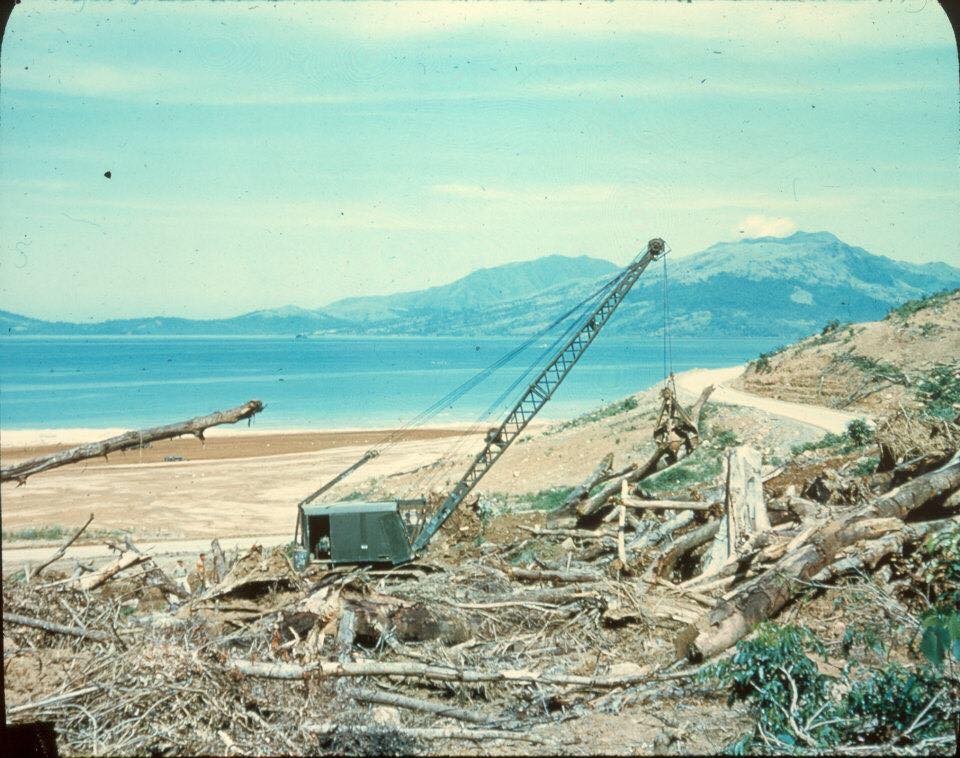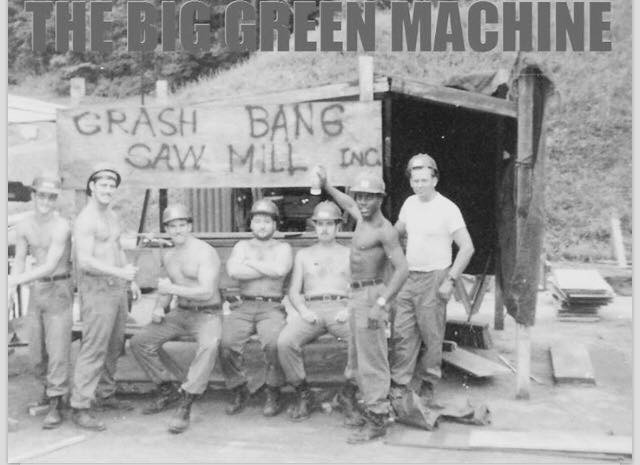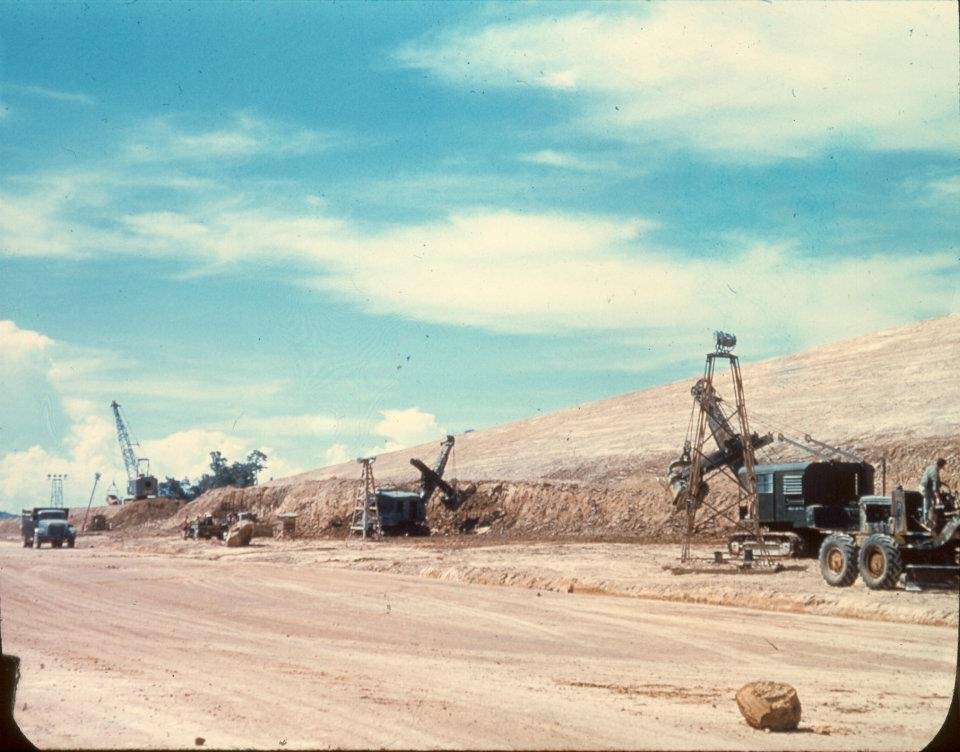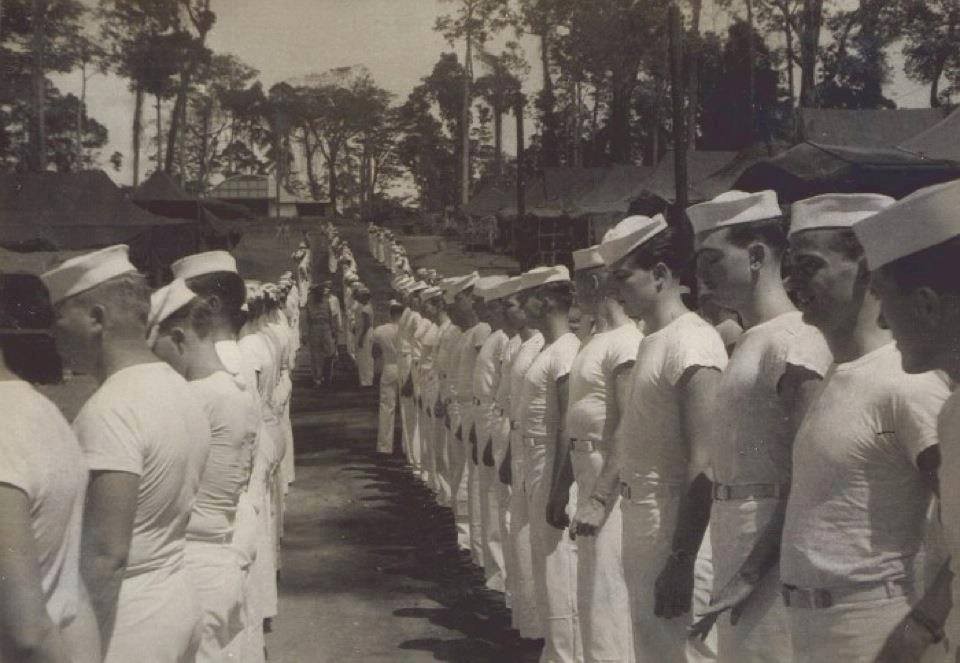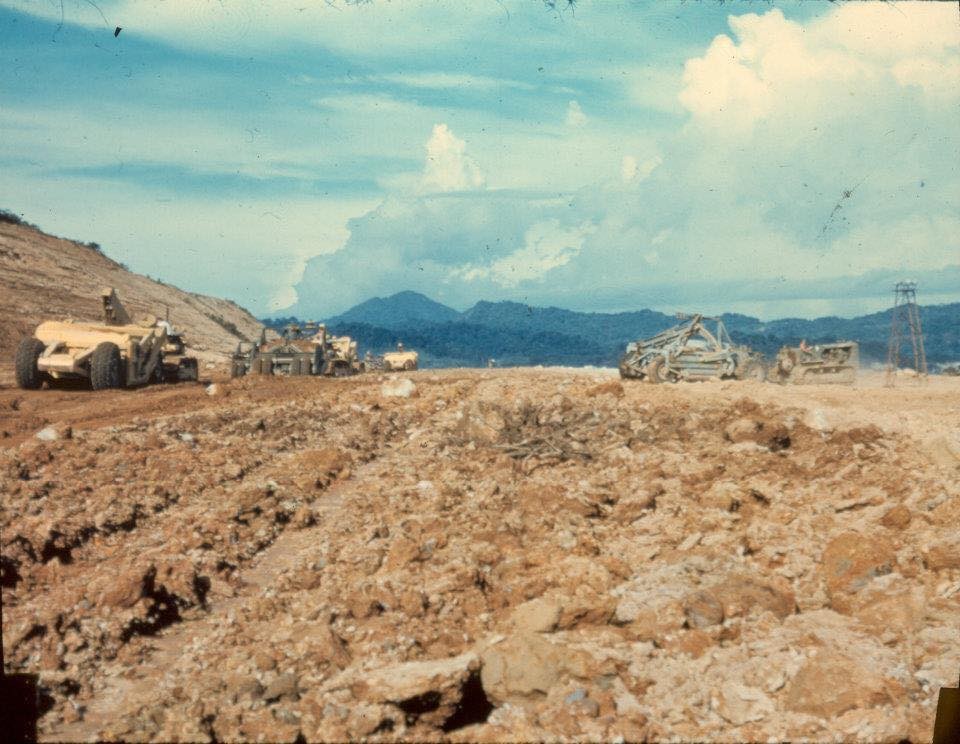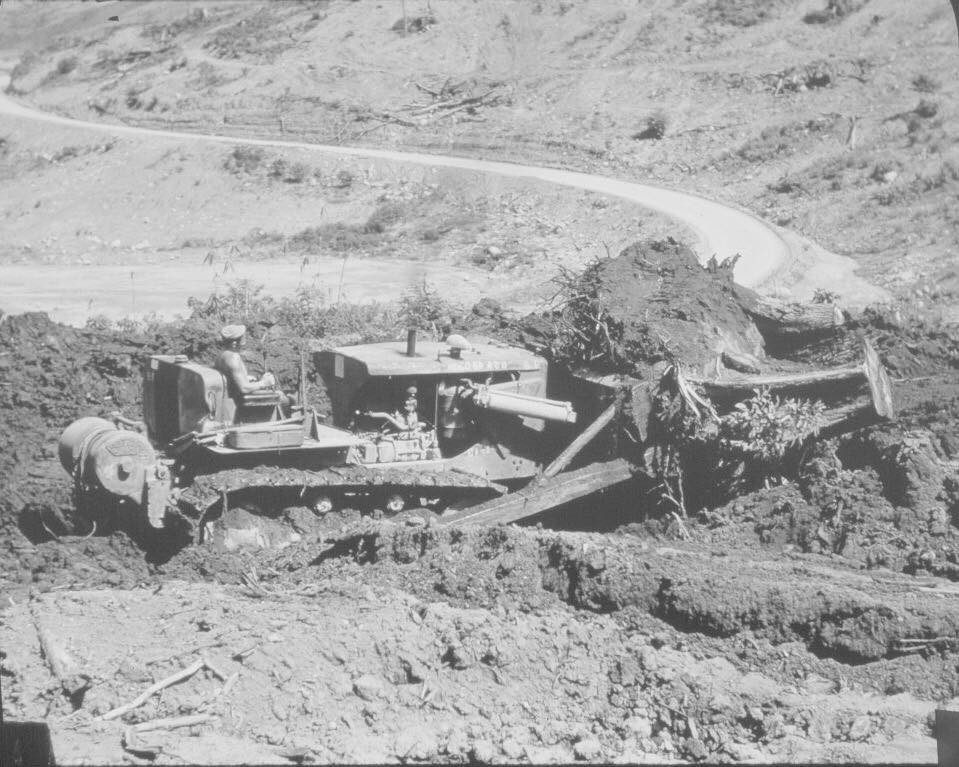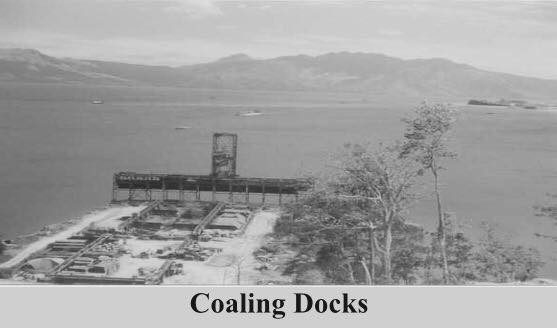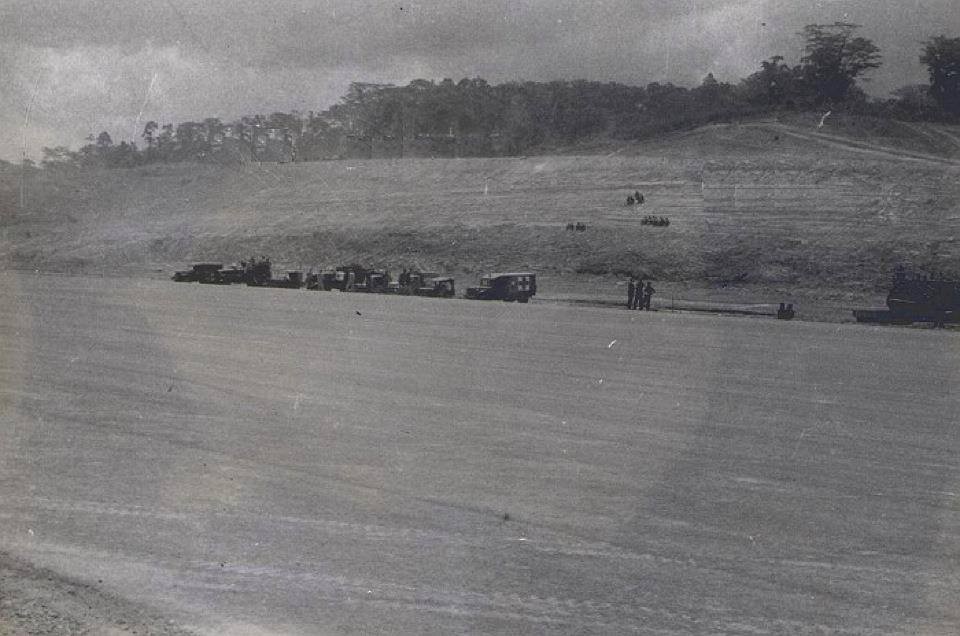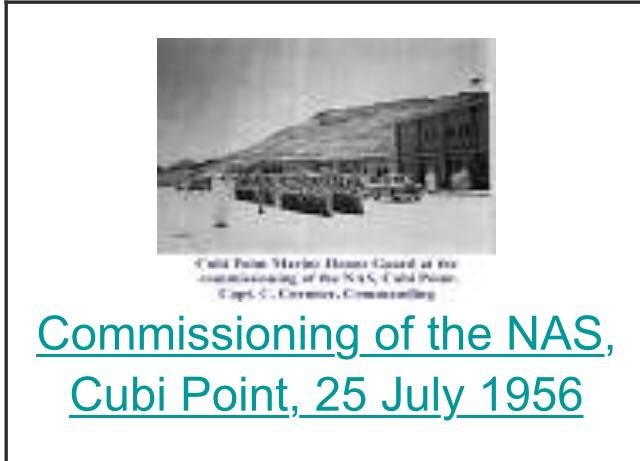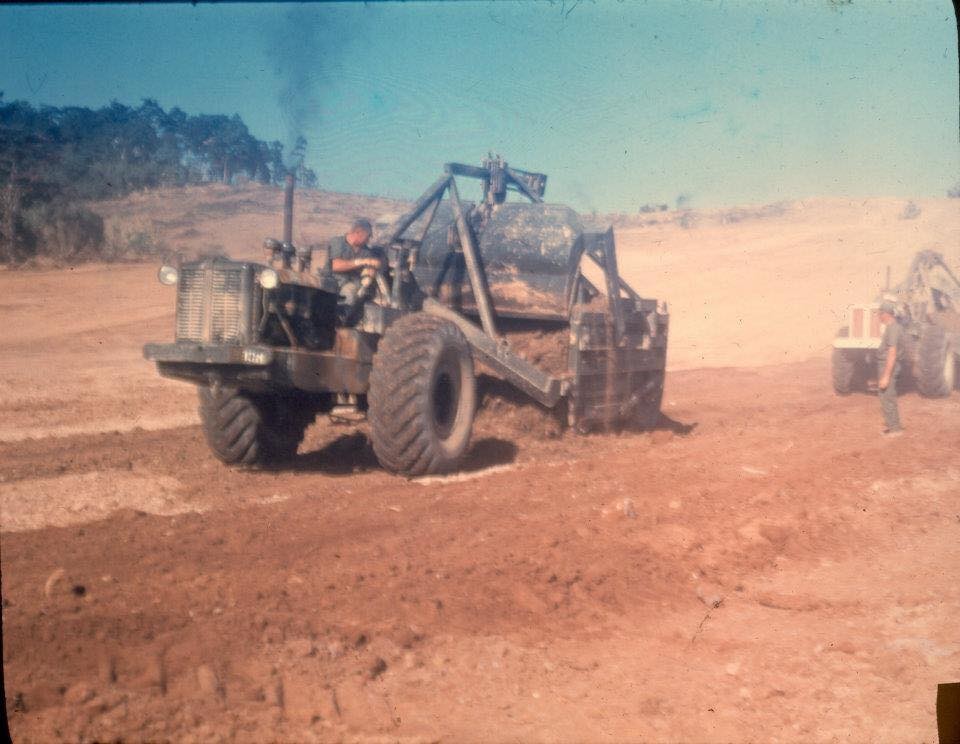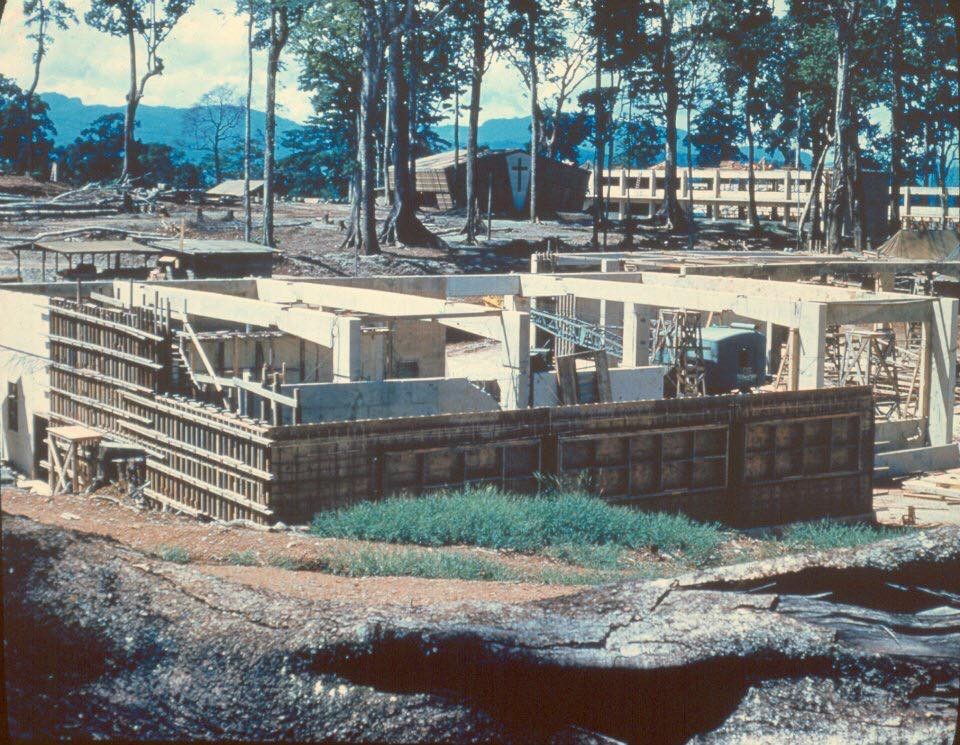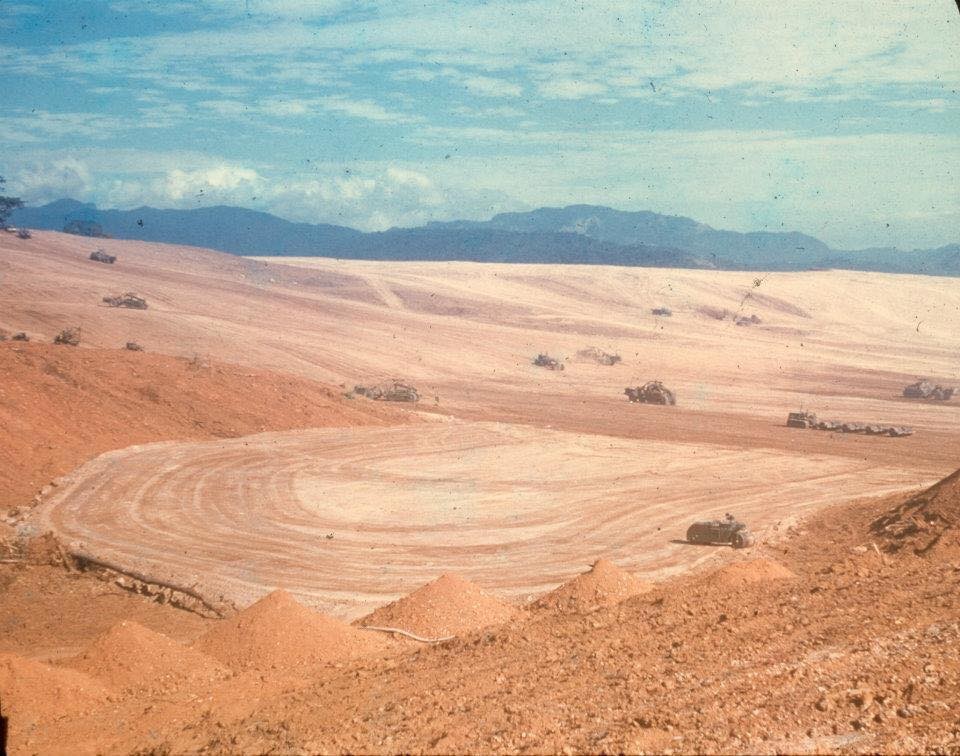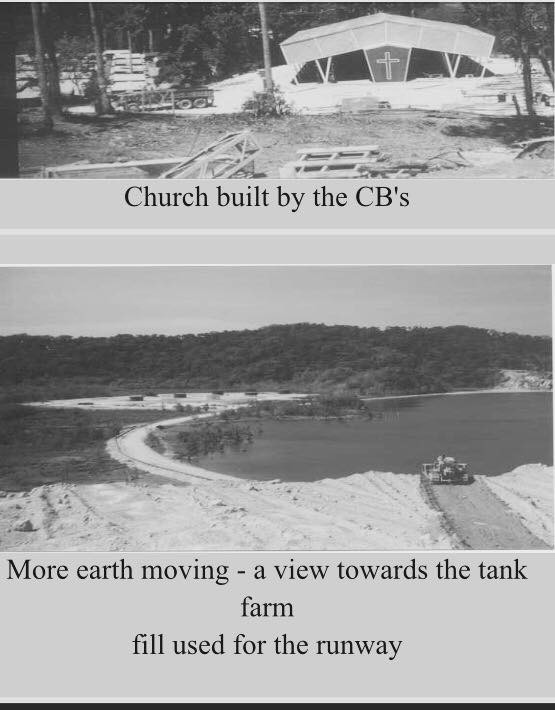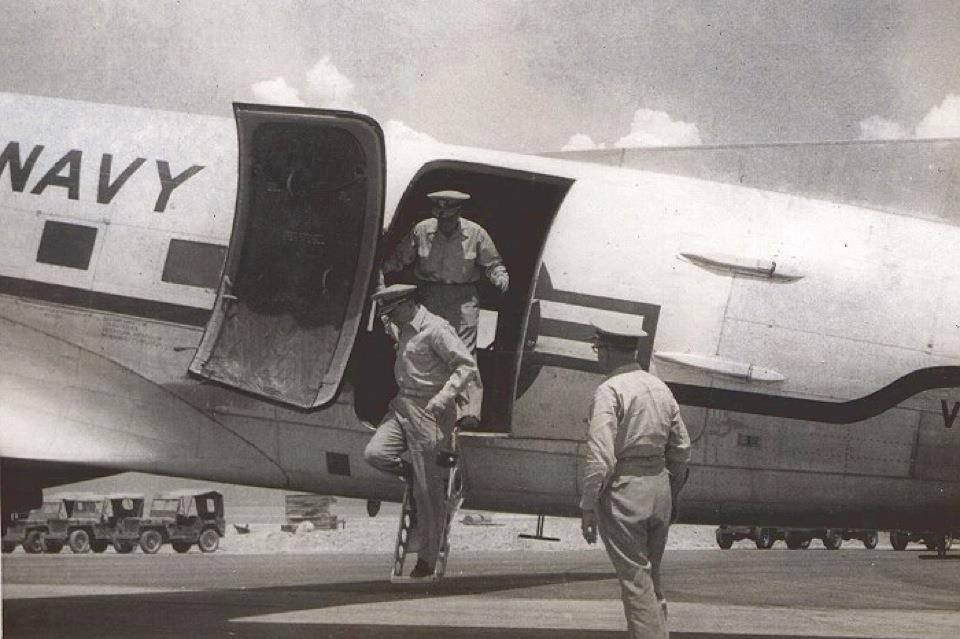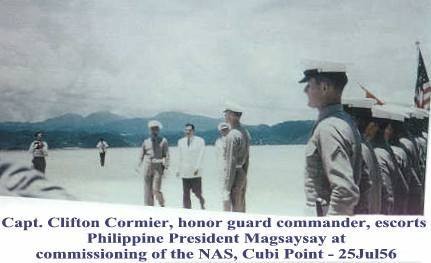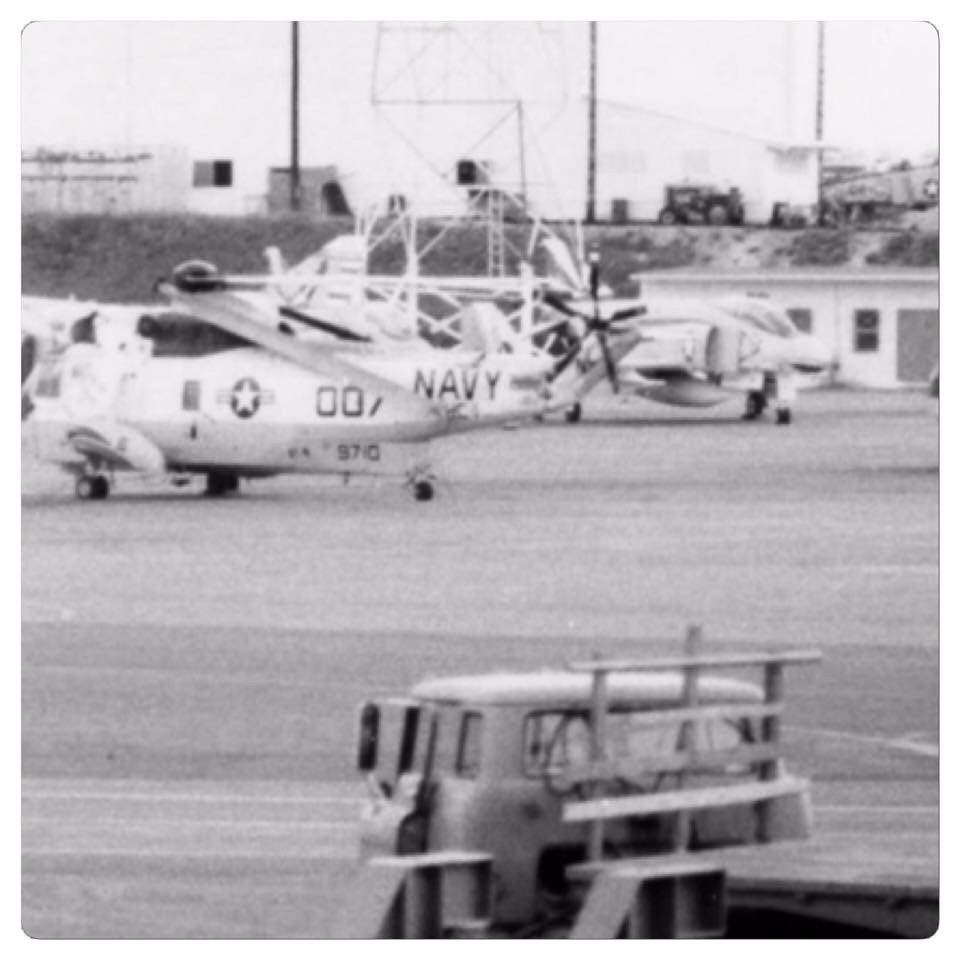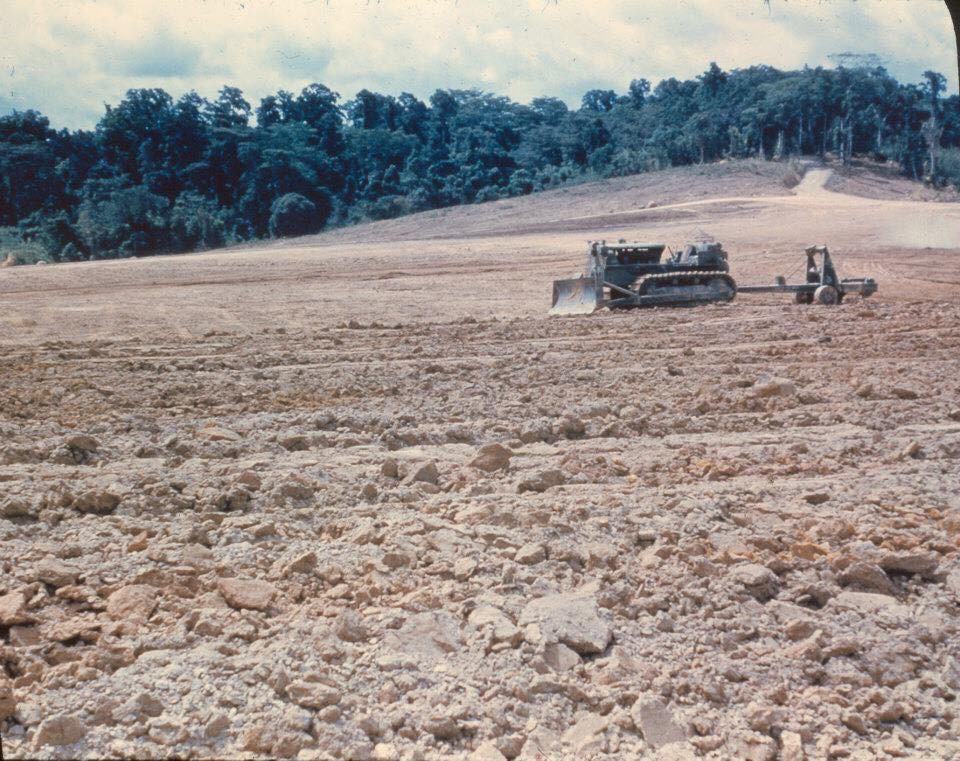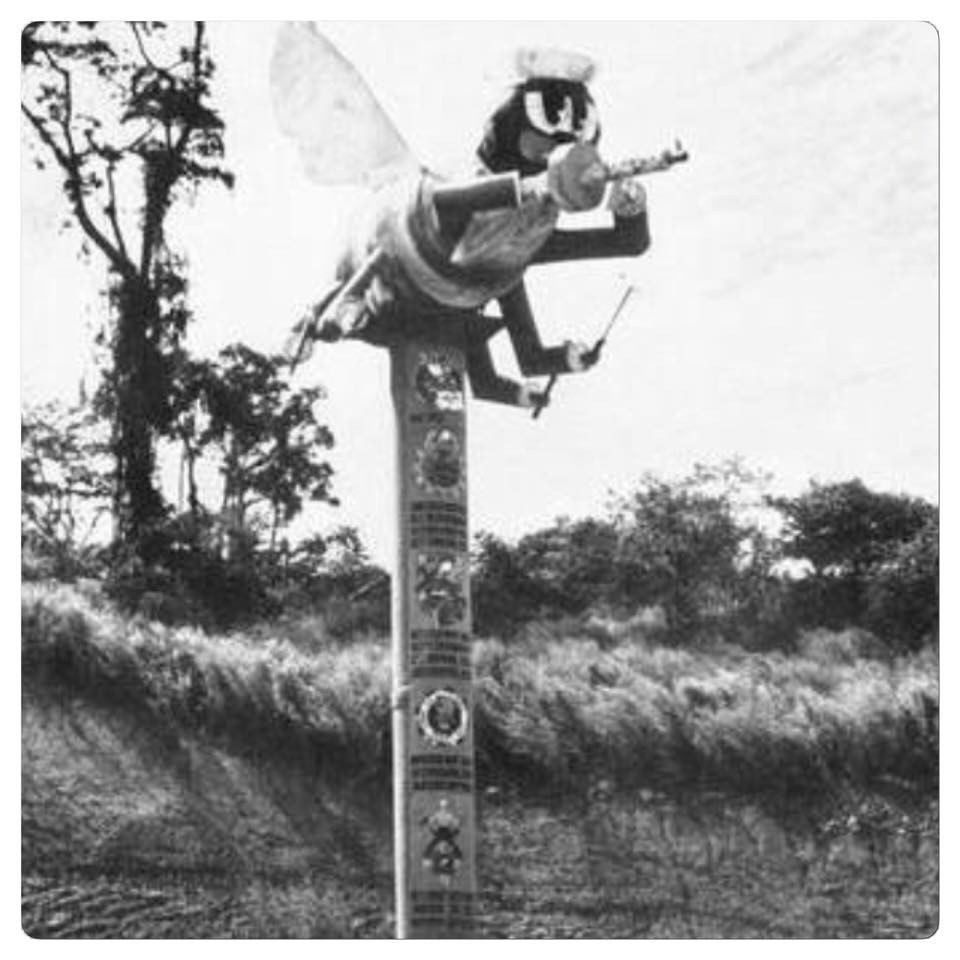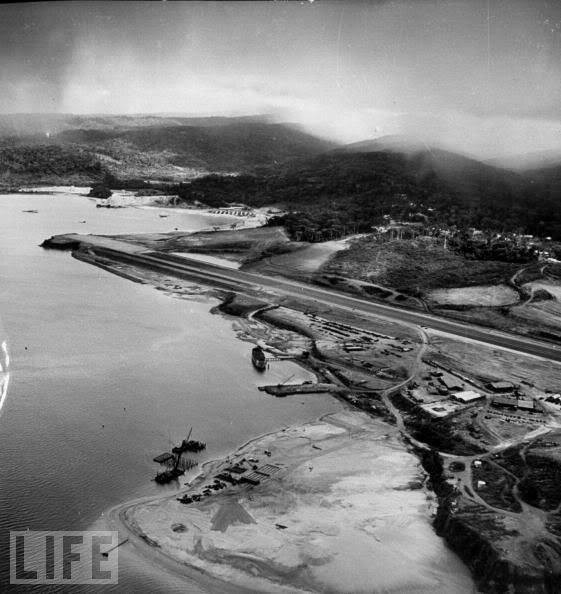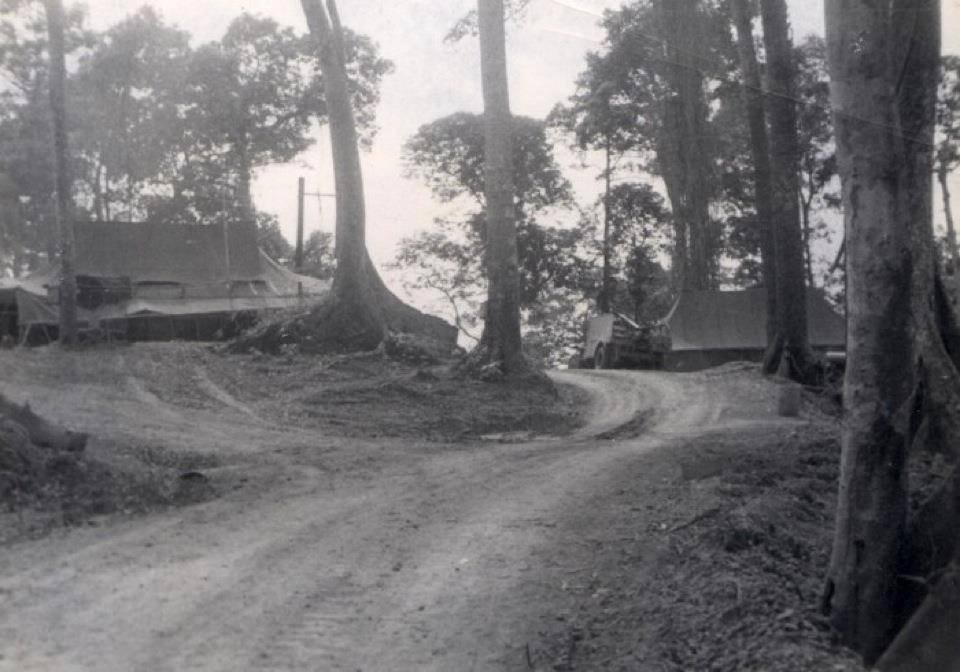During the Korean war, it was determined that an air station was needed for the US Navy so a bit of land, about 3 miles from Subic Naval Base was identified and the budget was approved. The principal Seabee unit involved in the construction of the air station was the Construction Unit Battalion 1 (CUB1) thus to honor the unit, the air station was named CUBI.
By far the largest and most impressive project tackled by the Seabees in the 1950s was the construction of Cubi Point Naval Air Station in the Philippines. Civilian contractors, after taking one look at the forbidding Zombales Mountains and the maze of jungle at Cubi Point, claimed it was impossible. At that point, the Seabees were called in to get the job done.
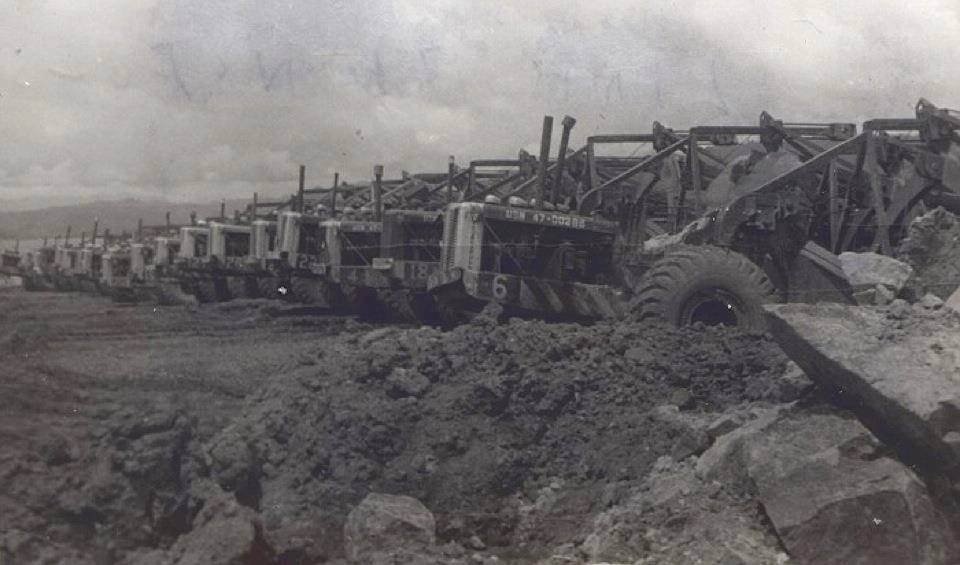
Lining up to get the job done
Started in 1951 at the height of the Korean War, it took five years and an estimated 20-million man-hours to build this new, major Navy base. At Cubi Point Seabees cut a mountain in half to make way for a nearly two-mile long runway. They blasted coral to fill a section of Subic Bay, filled swampland, moved trees as much as a hundred and fifty feet tall and six to eight feet in diameter, and even relocated a native fishing village. The result was an air station, and an adjacent pier that was capable of docking the Navy’s largest carriers. Undoubtedly as important as the finished project, however, was the indispensable leadership and construction experience gained by the postwar generation of Seabees. The construction of Cubi Point Naval Air Station was a mammoth learning experience as well as a superb job well done.
During the Vietnam War, NAS Cubi Point served as the primary maintenance, repair and supply center for the 400 carrier based aircraft of the Seventh Fleet’s carrier force. The jet engine shop turned out two jet engines a day to keep pace with the demands of the air war in Vietnam.
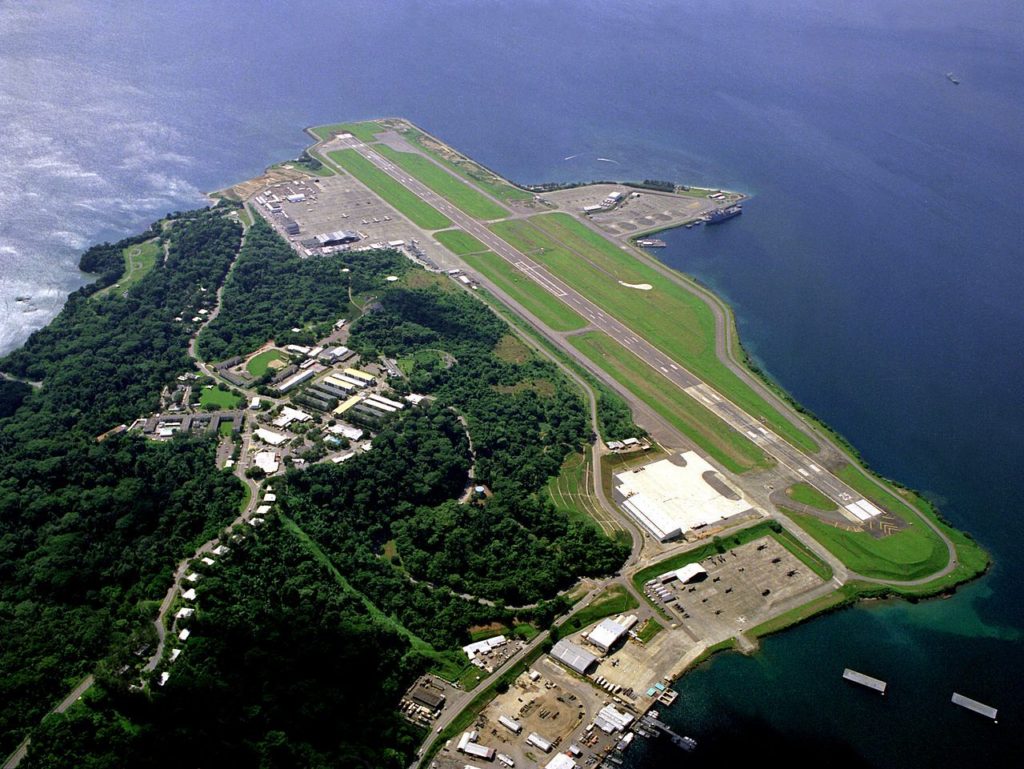
CUBI NAS circa 1988
Below are some photos from the initial construction period..

